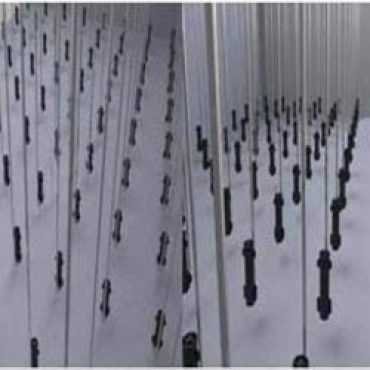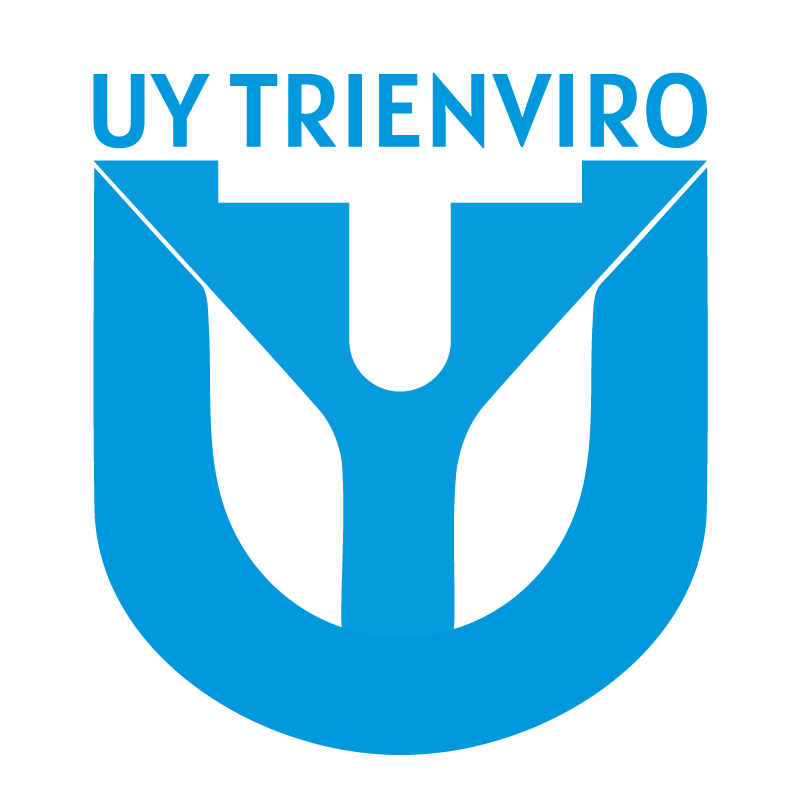

UYT Aerator
The mixture flows through the spiral guide plate, and under the action of the rotary cutter, generates the violent vortex flow. This is the second efficient cutting. Then, the spiral airflow cuts through the specially designed multi-layer cutting piece, after eight times multiple cutting, a large number of fine air bubbles and some micro and nano air bubbles are produced, achieving the third efficient cutting. The spiral flow jets from the UY Trienviro aerator with high speed, diffusing around under the action of centrifugal force, forming many small whirlpools in the flow field, achieving the fourth efficient cutting. The aerator resistance loss is almost zero, reducing blower failure and reducing comprehensive energy consumption by 10-30%. Large upwelling cyclone, strong stirring force, zero oxygen-filled blind areas, zero silt deposit at the bottom of the pool is suitable for all kinds of high concentration wastewater. It is non-plugging, anti-corrosive, anti-aging. It is suitable for very corrosive effluent, has high hardness, and has high scaling. It is also suitable for other difficult sewage treatments. It has high strength, high toughness. It has no movable and fragile parts which make it stable, strong, and durable with a service life of 10-20 years. It covers a larger service area, lowers pipeline costs, increases cost-effectiveness, and is required in lesser numbers.


